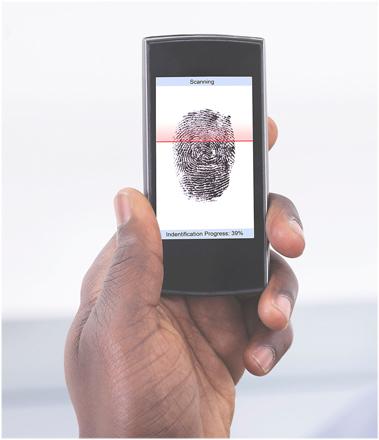You are here
The traumatic loss of a smartphone
By Jean-Claude Elias - Nov 29,2018 - Last updated at Nov 29,2018
The loss or theft of your smartphone may turn into a deeply unpleasant traumatic experience. Unlike it was 10 or 15 years ago, the worst part of such a nightmare will not be the loss of the device’s face value, being the price you paid when you bought it. As expensive as your phone may or may not be, the money loss is not the worst that you may experience or feel.
Today the disastrous, the really painful part would be the loss of the data saved in the phone and all the information that goes with it, the passwords to various applications and websites, online banking information and subscriptions, payment applications and the like. Not forgetting personal photos, messages, e-shopping accounts, social media accounts, etc.
Worse than the pure loss of all that is the fear, the terrible thought that someone else now may have access to all this information and personal files, with the consequences that we can easily imagine. It is as bad as computer hacking, plus the fact that the theft of a smartphone is more likely to happen than that of a laptop or a desktop computer.
Protecting yourself from such a doomsday scenario is possible and comes in two stages and at two different levels. The first is to ensure you have an extra, a backup copy of all the information stored in another location. This has to be done automatically, smoothly and continuously, not by random manual action. The second is to protect you device in a way that the thief will never be able to open, see and use your personal information. Most people apply the first solution whereas fewer people apply the second precautionary measures.
Automatic, continuous back up of your phone is now a well-established, common procedure. With fast Internet connection easily available, virtually all manufacturers give you the option to keep your phone always backed-up up onto a storage location in the cloud. This way, and should the device be “lost” (one way or another, or broken,…), you can easily retrieve your information from the cloud location. Unless of course it was a very bad case of theft where the thief was also able to access your cloud storage and beat you at it there!
Naturally new models with biometric locking such as face recognition or thumbprint scanning do provide added protection against stealing information from your phone. A strong password is also a good way to lock your phone and to prevent its hacking if it was ever stolen, but many users find it tedious to have to enter the complex password each time they want to unlock and use their phone, and instead they revert to simple pattern drawing, which is practical and fast, but unsafe.
And then there is the question of information stored on additional memory cards. This can easily be accessed by eventual thieves, for they would simply insert the card in another device and have access to the information. To prevent that you can encrypt data stored on the memory card, in a way that it can only be read only if inserted in the original smartphone. The trade-off is that if you lose or break the device, you also lose the data on the memory card too! Experienced users prefer not to encrypt data on memory cards and avoid storing sensitive information on it.
In the end the simplest solution and protection method exists and has nothing to do with electronics, cloud storage, encryption or biometrics. It just consists of being extra careful about your smartphone, treating it as the “apple of your eye”. Avoid, at any price, losing it or breaking it. Do not leave it on a table or unattended in public places, even for a few seconds, and handle it with utmost care. It may sound simplistic but it works.
Related Articles
SAN FRANCISCO — It sounds like a great idea: Forget passwords, and instead lock your phone or computer with your fingerprint.
If actress Jennifer Lawrence and model Kate Upton knew little about the Internet “cloud,” they would not be alone, but the recent theft of their intimate photos has served as a wake-up call.

















